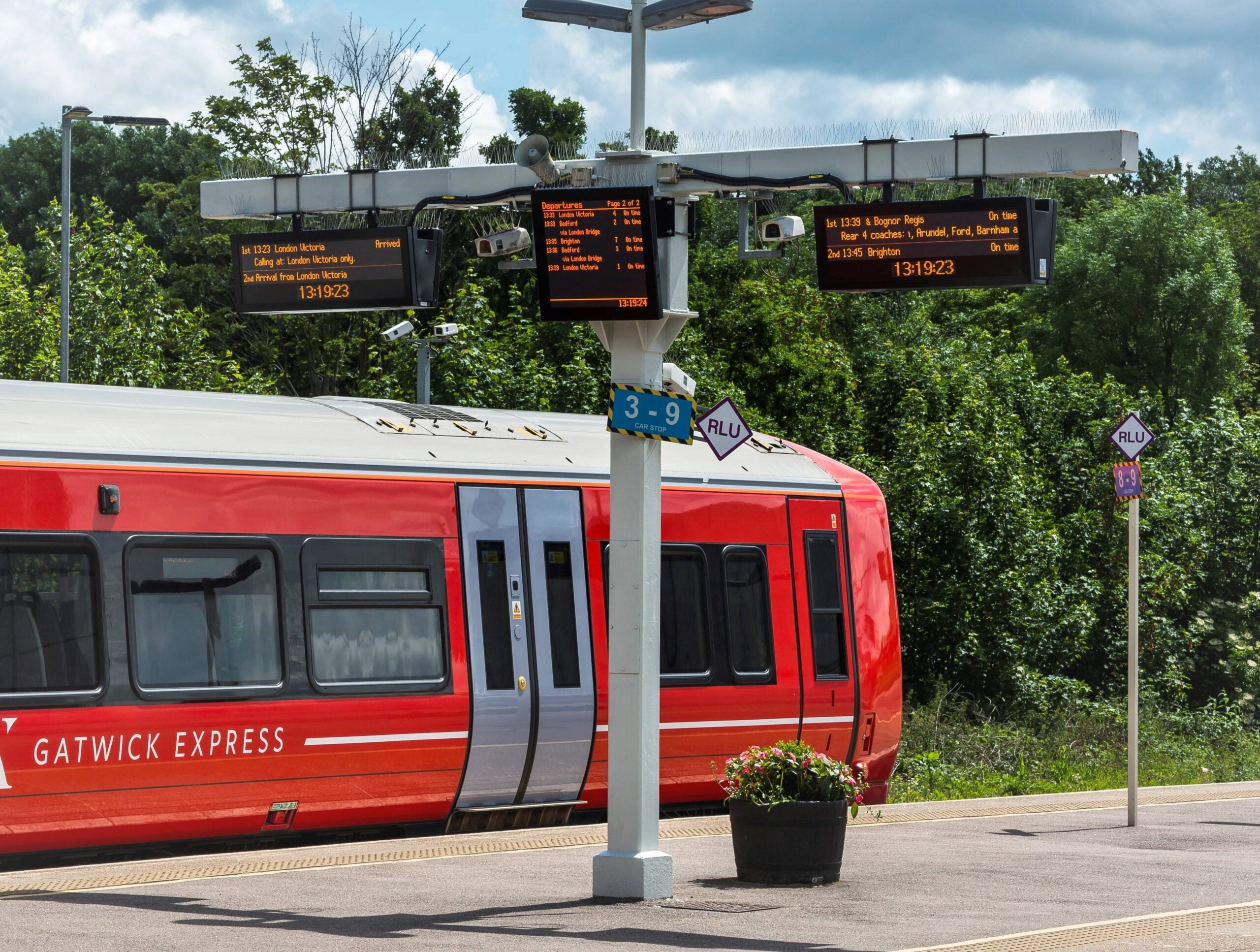
While the UK is one of the safest railways in Europe, more needs to be done to improve health and safety for commuters and workers according to ORR’s annual report.
An Annual Health and Safety Report launched today by the Office of Rail and Road (ORR) says that while the UK’s railway continues to be one of the safest in Europe, the rate of improvement is showing signs of slowing down.
The warnings follow a string of incidents including the deaths of two railway employees who died last year while at work and two more who were killed near Port Talbot this year.
In the report, ORR’s Director of Safety and HM Chief Inspector of Railways, Ian Prosser said: “We are facing significant challenges not least around new rolling stock, the platform-train interface and trespass, and the whole industry must work together to ensure that safety standards are not allowed to slip.
“It is vital that lessons are learned when tragic accidents occur. Two rail workers died during 2018-19 which reinforced the need for vigilance and improvement and, in the wake of the Croydon tram crash, we have worked closely with the industry to ensure that the Light Rail Safety and Standards Board was set up.”
The report stresses the importance of supporting staff and says that there must be more focus on their mental health. Apart from that, the ORR said it will continue to take efforts to manage issues such as hand-arm vibration and silicosis.
How well do you really know your competitors?
Access the most comprehensive Company Profiles on the market, powered by GlobalData. Save hours of research. Gain competitive edge.

Thank you!
Your download email will arrive shortly
Not ready to buy yet? Download a free sample
We are confident about the unique quality of our Company Profiles. However, we want you to make the most beneficial decision for your business, so we offer a free sample that you can download by submitting the below form
By GlobalDataFurthermore, the ORR has also urged the railway industry to take action to reduce the number of – for example when a stop sign is ignored by authorities – which poses harm to passengers on railways and on the London Underground.
The ORR isn’t the only one to highlight the work that needs to be done, the report comes a few weeks after the annual report by The Rail Safety and Standards Board (RSSB) which also highlighted the importance of health and safety management. It said the overall signals passed at danger crossed 300 between 2018 and 2019.
Commenting on current measures to improve safety, Head of Risk and Safety Intelligence at RSSB Marcus Dacre said: “Two important and related enablers have been a risk and evidence approach to safety management and a mature relationship between the industry and regulator: rail companies are responsible for managing the risk from their operations and the ORR takes a supervisory role.A third enabler is the way that organisations across the industry collaborate to manage risk on the rail system.”
“This is particularly important in an industry comprising so many different companies with different roles. The industry’s health and safety strategy Leading Health and Safety on Britain’s Railway, which was developed by rail industry leaders, provides a framework for collaborative improvement. We’re planning to uplift the strategy later this year.”
“The rail industry is also entering a period of major change, with Network Rail devolution underway and the Williams’ Review due to be published soon. Previous experience from rail and other sectors shows that good health and safety management is particularly important during such periods. It’s also worth noting that millions of people interact with the railway each day and so it is affected by wider societal issues to a greater extent than some other safety-critical industries,” said Dacre.
Other challenges facing the railway authorities mentioned by the RSSB were “the increased pressure on the system and managing the introduction of new technology,” which was also mentioned in ORR’s report.






